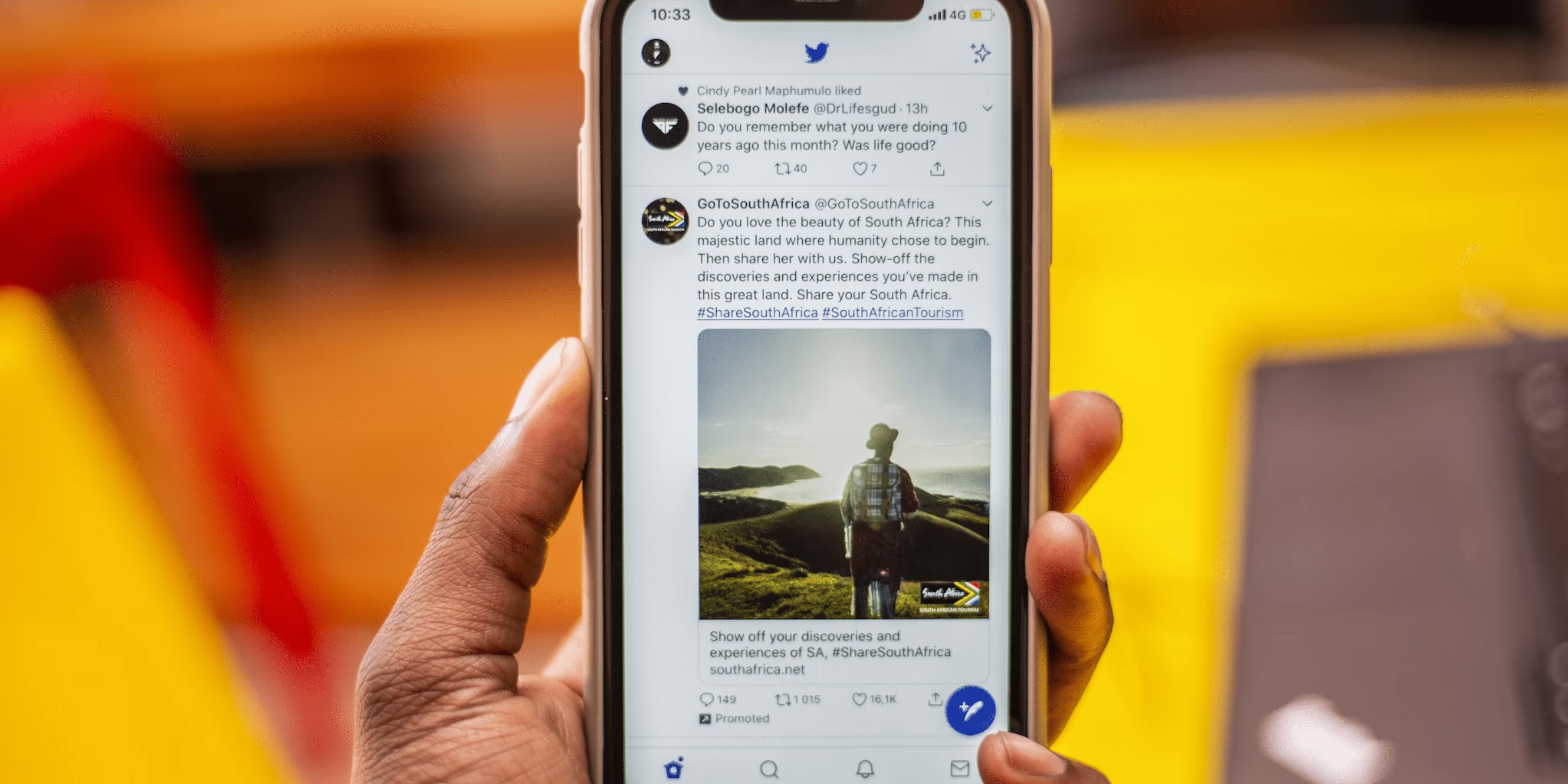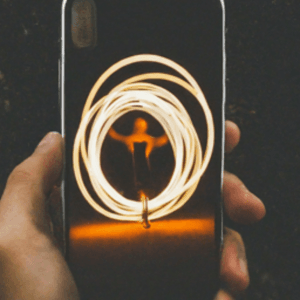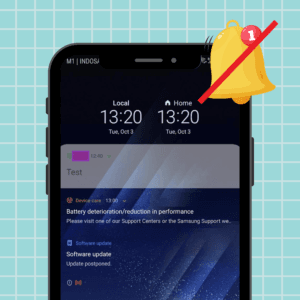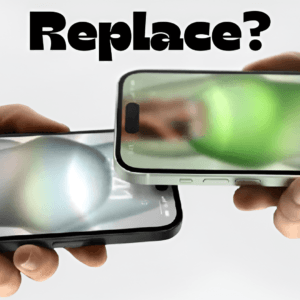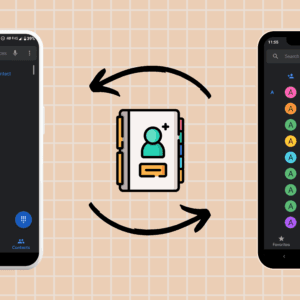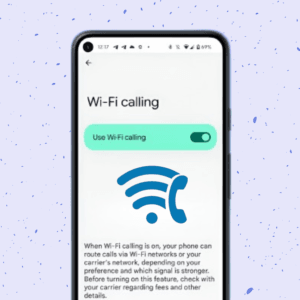Have you ever wished you could alter how you view the screen of your device? Give your eyes a break and welcome a lively, captivating experience. In this article, I’ll reveal how to invert colors on your iPhone, a revolutionary feature that lessens glare and gives color-blind users new options.
I have you covered, whether you’re looking for a different visual viewpoint or need assistance viewing your screen. Follow along with the guide to learn more.
Invert the colors on your iPhone from the Settings app
Inverting the colors on your iPhone using the Settings app can be an interesting and visually stimulating experience. You can give the display colors their opposites by turning on this feature, giving your screen a striking and unique appearance. Review the steps below to do this.
- Open the Settings app on your iPhone.
- Navigate to Accessibility in the settings list.
- Choose Display & Text Size.
- Scroll down until you see two options: Smart Invert and Classic Invert.
- Smart Invert selectively inverts colors only within apps while keeping the colors muted on your Homescreen and Lockscreen. It does not affect photos, videos, or the camera.
- Classic Invert inverts all the content on your screen, including videos, photos, and the camera.
- Select your preferred option, and the changes will be applied instantly.
Invert the colors on your iPhone using Accessibility Shortcut
Your iPhone’s Accessibility Shortcut makes it simple to invert the colors for a standout display. By activating this feature, you can alter the colors on your device’s screen to create a high-contrast, inverted effect. Follow the steps listed below to complete it.
- Launch the Settings app and navigate to the Accessibility option.
- Scroll to the bottom of the page and choose Accessibility Shortcut.
- Open the menu and select either Classic Invert or Smart Invert.
Moreover, you can also choose both options to enable a menu to select between them by triple-clicking the Power button.
Are Dark Mode and Invert colors on your iPhone equivalent?
Dark Mode and Invert Colors on your iPhone are two different features that may appear similar at first glance, but they function differently and serve distinct purposes.

Dark Mode is a built-in display option introduced in recent iOS versions, primarily aimed at enhancing visual comfort and reducing eye strain in low-light environments. It switches the color scheme of the user interface to darker tones, utilizing black or dark gray backgrounds, which can be gentler on the eyes and conserve battery life on devices with OLED screens.
In contrast, Invert Colors is an accessibility feature that inverts the entire color palette of the screen, flipping all colors to their opposite values. While it can also create a darkened appearance, it significantly alters the visual experience by changing the colors of images, videos, and other content, which may affect readability and overall usability. Therefore, while both Dark Mode and Invert Colors can offer a darker display, they have distinct purposes and effects on the user interface.
Differences between Night Shift and Invert Color on your iPhone
Night Shift is a feature that adjusts the color temperature of your device’s display to reduce blue light emission, promoting better sleep and reducing eye strain. It gradually shifts the display to warmer tones as the day progresses.
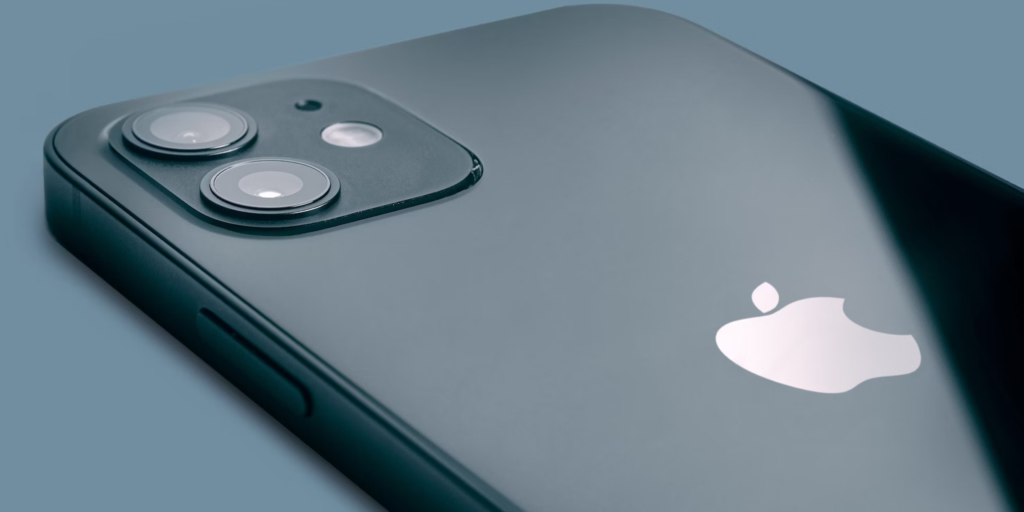
Meanwhile, Invert Color is an accessibility option that flips the entire color palette of the screen, transforming colors to their opposite values. While Night Shift aims to improve the visual experience without altering the actual colors, Invert Color significantly changes the appearance of images, videos, and other content.
Bottom Line!
Inverting colors on your iPhone is a useful accessibility feature that can enhance the visual experience for individuals with specific needs. By flipping the entire color palette of the screen, Invert Color provides a different perspective and can aid those with color vision deficiencies or sensitivity to certain color combinations.
However, it’s important to note that while inverting color can be beneficial in certain situations, it may also alter the appearance of images, videos, and other content. Therefore, using this feature judiciously and experimenting with different settings is recommended to find the best configuration for your specific needs.
